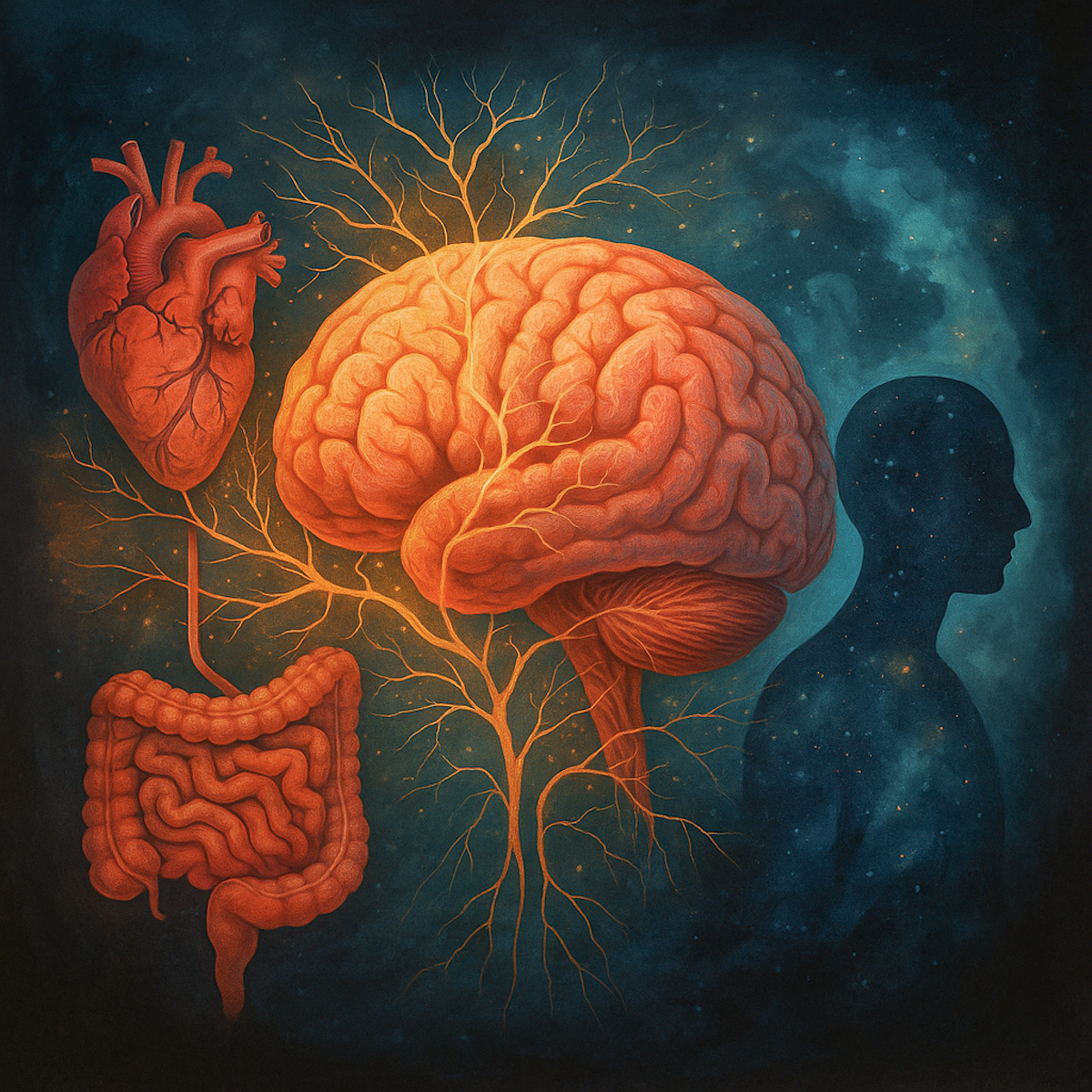Do we simply hear music — or do we become it?
There’s growing evidence that listening to music is far more than a passive act of perception. According to recent research, our brains and bodies physically sync up with music — we resonate with its rhythm, melody, and harmony in a way that suggests music isn’t external to us but woven through us.
A new international study, co-authored by Caroline Palmer (McGill) and others, introduces Neural Resonance Theory (NRT), which argues that musical experience emerges from our inherent oscillatory systems — neural rhythms that align with external musical structure.
What the study reveals
- Our neural circuits don’t merely predict what’s coming next in music; they physically entrain, or synchronize, with rhythm, melody, and harmony. This synchronization happens at many levels — not just in auditory cortex, but throughout brain-body systems (including spinal cord and motor areas).
- These oscillations help shape how we move, how we feel music, and even our sense of timing. The urge to tap a foot, sway, dance to a beat — all of that may root in this embodied resonance.
- The paper argues that universal musical structures — like pulses, harmony, meter — may exist in part because they correspond to stable resonant states in our biological systems. In simpler terms: certain rhythms and intervals feel ‘natural’ or ‘comfortable’ because they match the rhythms our bodies are already producing.
Why this matters
- Therapeutic potential: For conditions where rhythm or movement are disrupted (e.g. Parkinson’s, stroke, motor disorders), harnessing musical resonance might help retrain or restore coordination.
- Education & learning: If resonance plays a central role, musical training could be structured to align with the body’s natural oscillations, perhaps improving how we teach rhythm, pitch, and musicality.
- AI & design: Emotionally intelligent AI might one day generate or respond to music not just by mimicking our predictions, but by tapping into patterns of resonance — making musical interaction more visceral and connected.
In conclusion
Imagine the constant wash of sound in our lives — the rise and fall of a friend’s voice, the hum of cars outside, a birdcall, or a song drifting through a café. These are not just “external noises” our brain happens to interpret. Each arrives as waves that ripple through our entire system, resonating in the chest, the gut, even the subtle tensions of our muscles. The body itself becomes part of the orchestra, vibrating in quiet dialogue with its environment. In this way, we are never separate — we are woven into the fabric of our Umwelt by sound itself.
Breath, too, is more than air moving in and out. It carries its own pulse and rhythm, expanding and contracting the body, creating subtle shifts of pressure, sound, and vibration. Inhaling lifts, exhaling releases; the lungs swell and soften, the diaphragm rises and falls. Like music, breath has phrasing, tempo, and tone. When we bring music and breath together, we invite resonance on every level — neural, physical, emotional.
What might unfold when we consciously pair these two forces — the rhythm that moves through us and the sound that surrounds us? Perhaps their meeting can open doorways into deeper, somatic experiences where awareness is not only in the head but alive in every cell.
Disclaimer: I research, edit, review and write these articles myself and use ChatGPT throughout the whole process.




